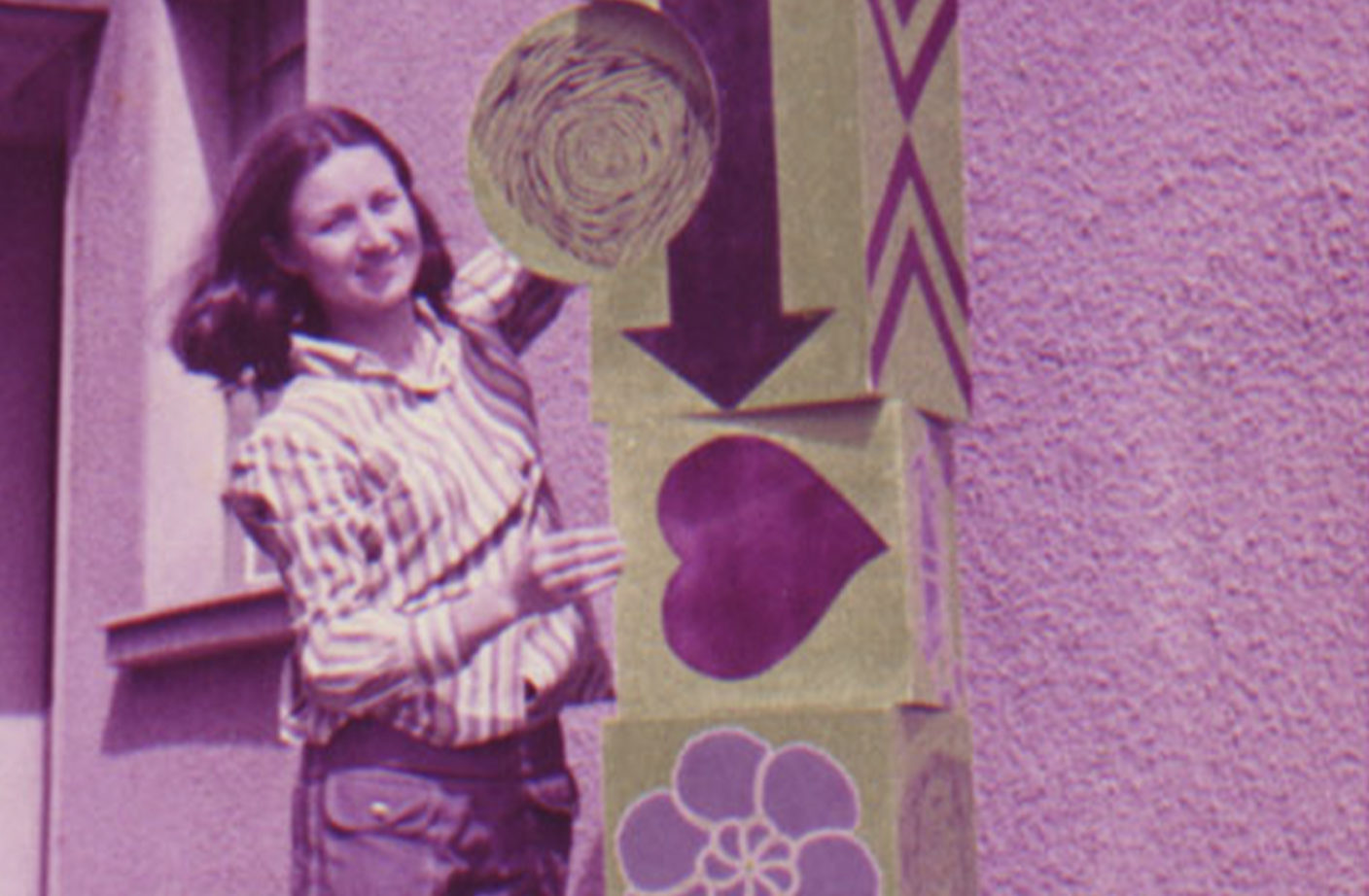
Romanita Disconzi graduated in painting from the Instituto de Artes at Universidade Federal do Rio Grande do Sul (UFRGS) in 1960. A few years later, she also began to dedicate herself to engraving, with an emphasis on serigraphy. At the same time, Romanita Disconzi was studying painting, drawing and printing in Porto Alegre with the artists Ado Malagoli, Luiz Solari and Julio Plaza. Her first solo exhibition was at Galeria Leopoldina, in 1967, and, in 1970, she presented a series of serigraphs with graphic symbols in his second solo show at the Instituto Cultural Norte-Americano in Porto Alegre. The artist lived in the USA, where she received the title of Master in Fine Arts from the School of the Art Institute of Chicago and began her research on television language, transporting it to painting. Disconzi participated in the Bienal de São Paulo in 1973. In the 1970s, she joined the Nervo Óptico group, which included Ana Alegria, Carlos Pasquetti, Clóvis Dariano, Elton Manganelli, Mara Álvares, Carlos Asp, Carlos Athanázio, Telmo Lanes, Jesus Escobar and Vera Chaves Barcellos. In parallel, she became part of the faculty of the Institute of Arts at UFRGS in 1977.
From 1979 onwards, she began an artistic research with video and performance. She completed her doctorate at the Escola de Comunicação e Artes of the Universidade de São Paulo in 1991 and in 1995 she took part as director of the Museu de Artes do Rio Grande do Sul (MARGS) which has in its collection graphic pieces, totems and geometric solids by the artist. In the same year, Romanita Disconzi participated in the collective tribute to the gaucho cinema, Espaço I, Usina do Gasómetro, Porto Alegre. In 2008, she held the exhibition A Natureza e a Sombra Sintética – Videos & Fractals, an individual show with the result of her video art research at the Paço Municipal de Porto Alegre, for which she was nominated for the Açorianos de Artes Plásticas award in the art-technology category.
In 2015, Tate Modern opened The World Goes Pop, an exhibition which features ne work by Disconzi, showing the diverse reverberations of pop art around the world. From 1969, The Totem of Interpretation is the first of a series of experiments by the artist that sought to decode, dismember and restructure the semiotic systems. The work consists of cubes, cylinders and various polygons that resemble children’s toys on an enlarged scale, inviting viewers to create a unique structure, establishing arbitrary associations and new meanings.
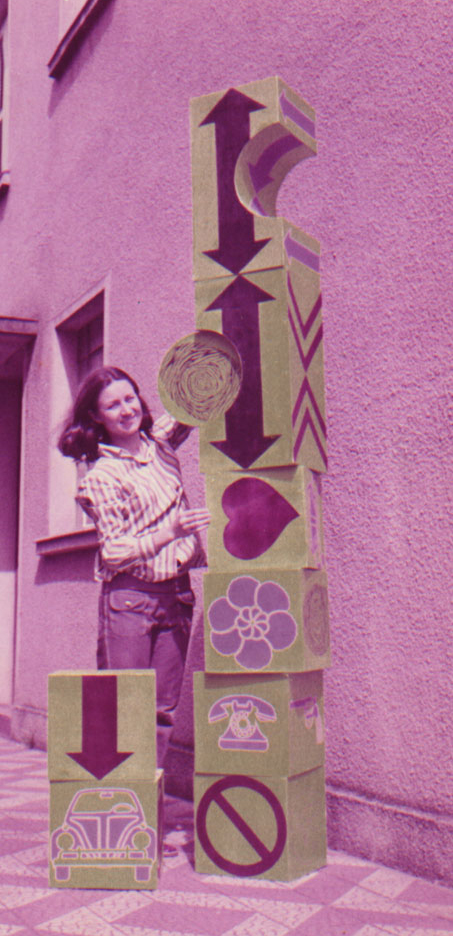

Romanita Disconzi next to the piece Totem de Interpretação,1969
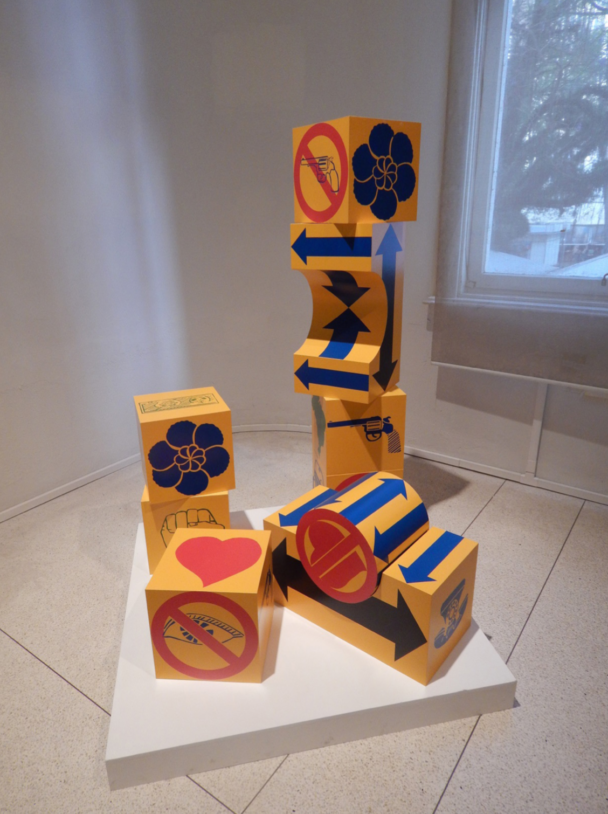
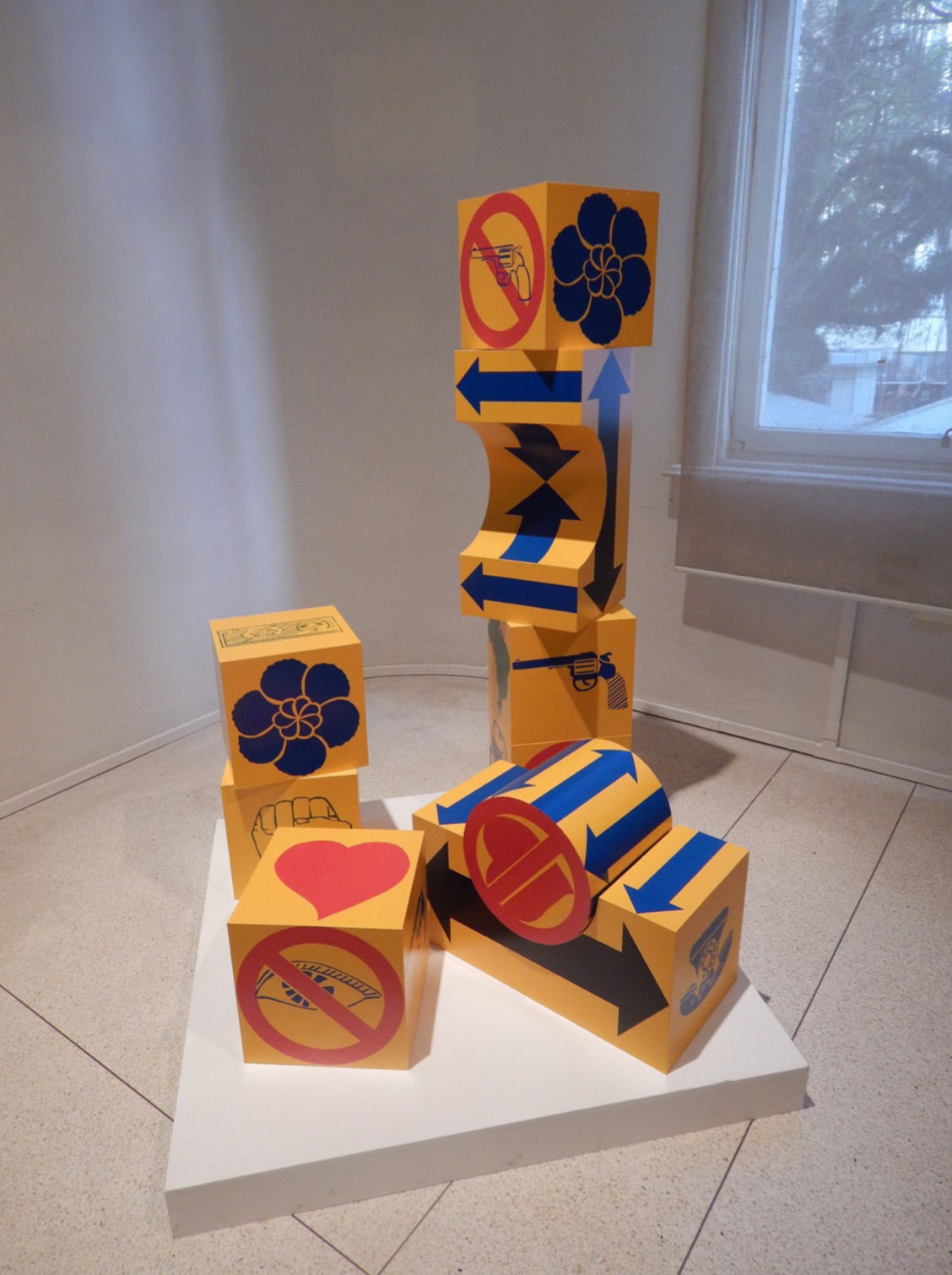
Totem de Interpretação
1969
Painting on wood
40 × 40 × 40 cm each
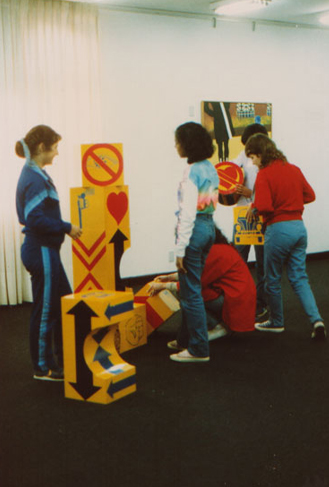

Totem de Interpretação
1969
Painting on wood
40 × 40 × 40 cm each
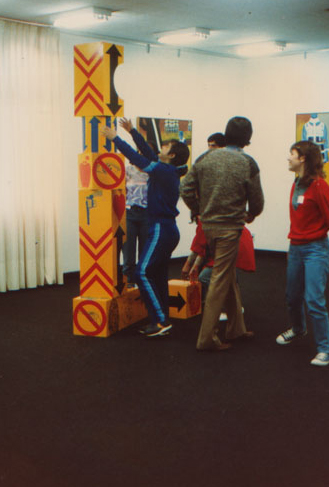

Totem de Interpretação, 1969
1969
Painting on wood
40 × 40 × 40 cm each


Totem de Interpretação
1969
Painting on wood
40 × 40 × 40 cm each


Totem de Interpretação
1969
Painting on wood
40 × 40 × 40 cm each


Desde A Maçã
1971
Serigraphy on paper
93 × 66 cm
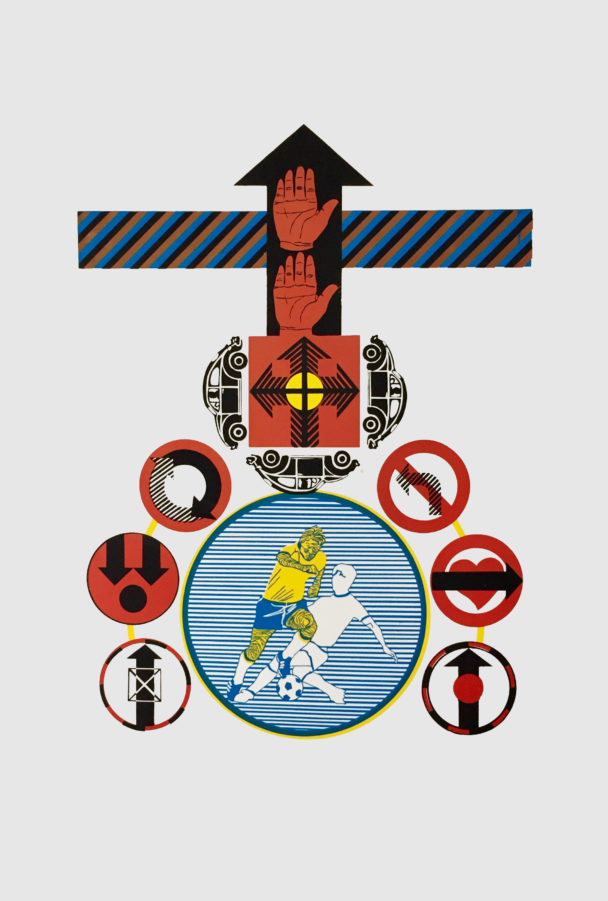
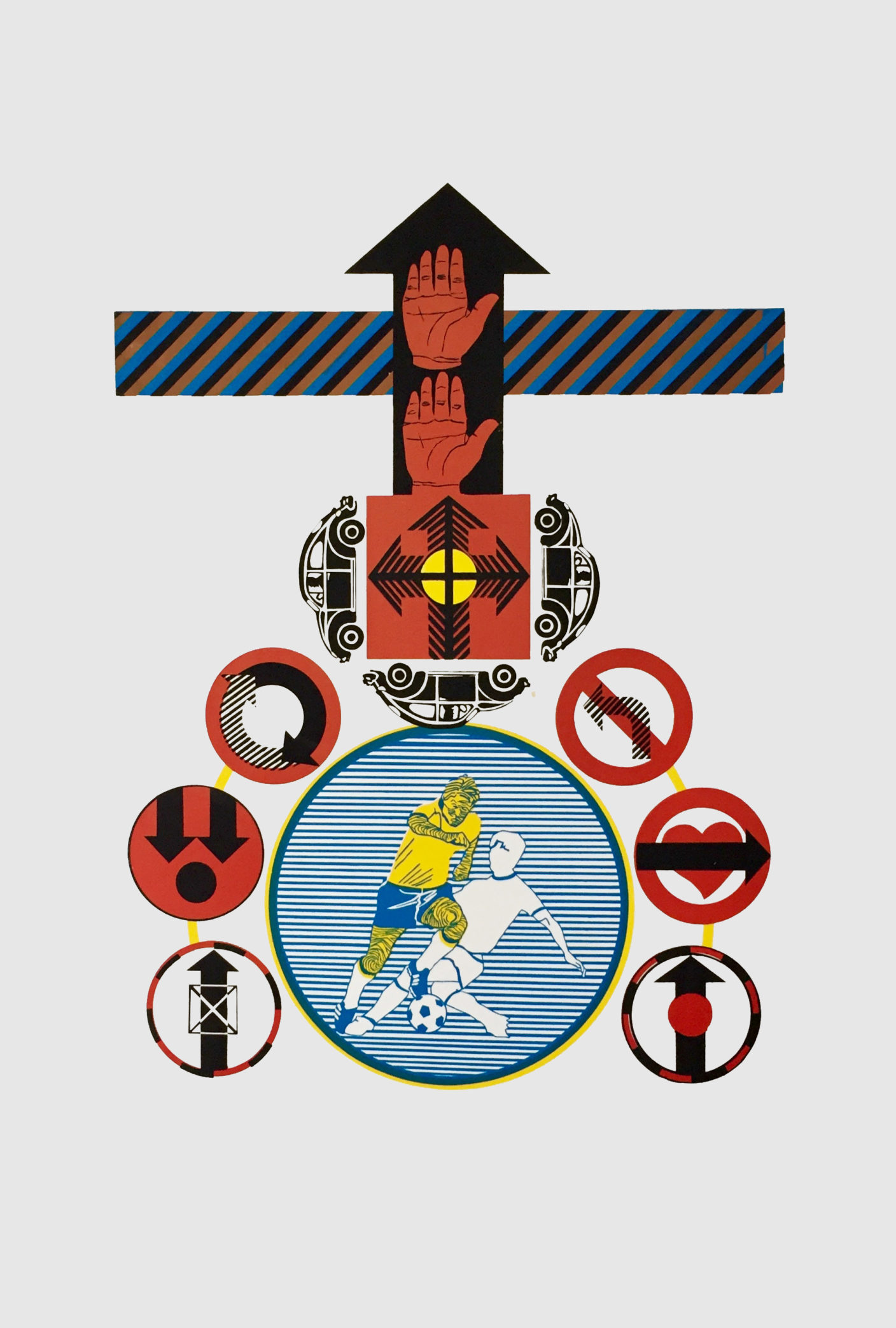
Aquela Mandinga Pra Frente
1970
Serigraphy on paper
93 × 66 cm
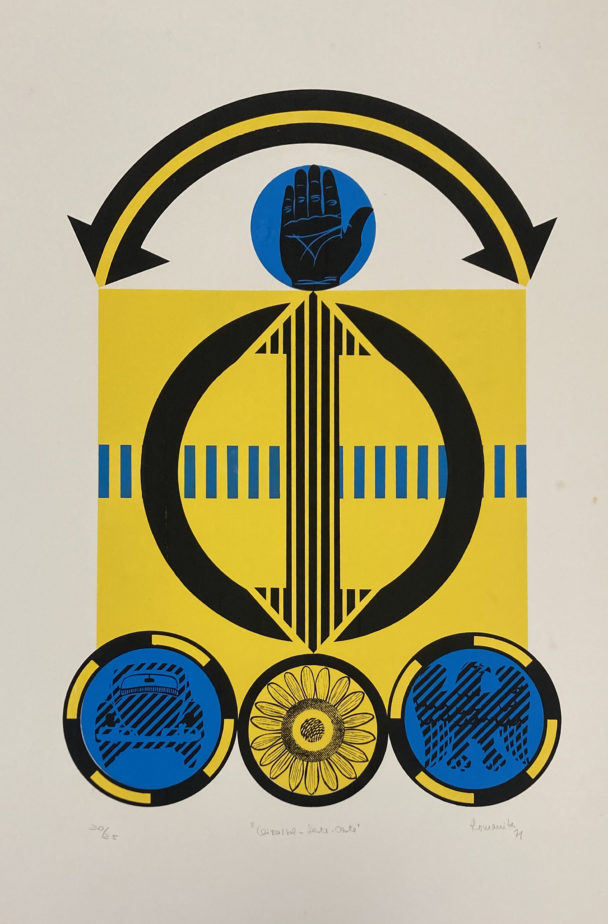
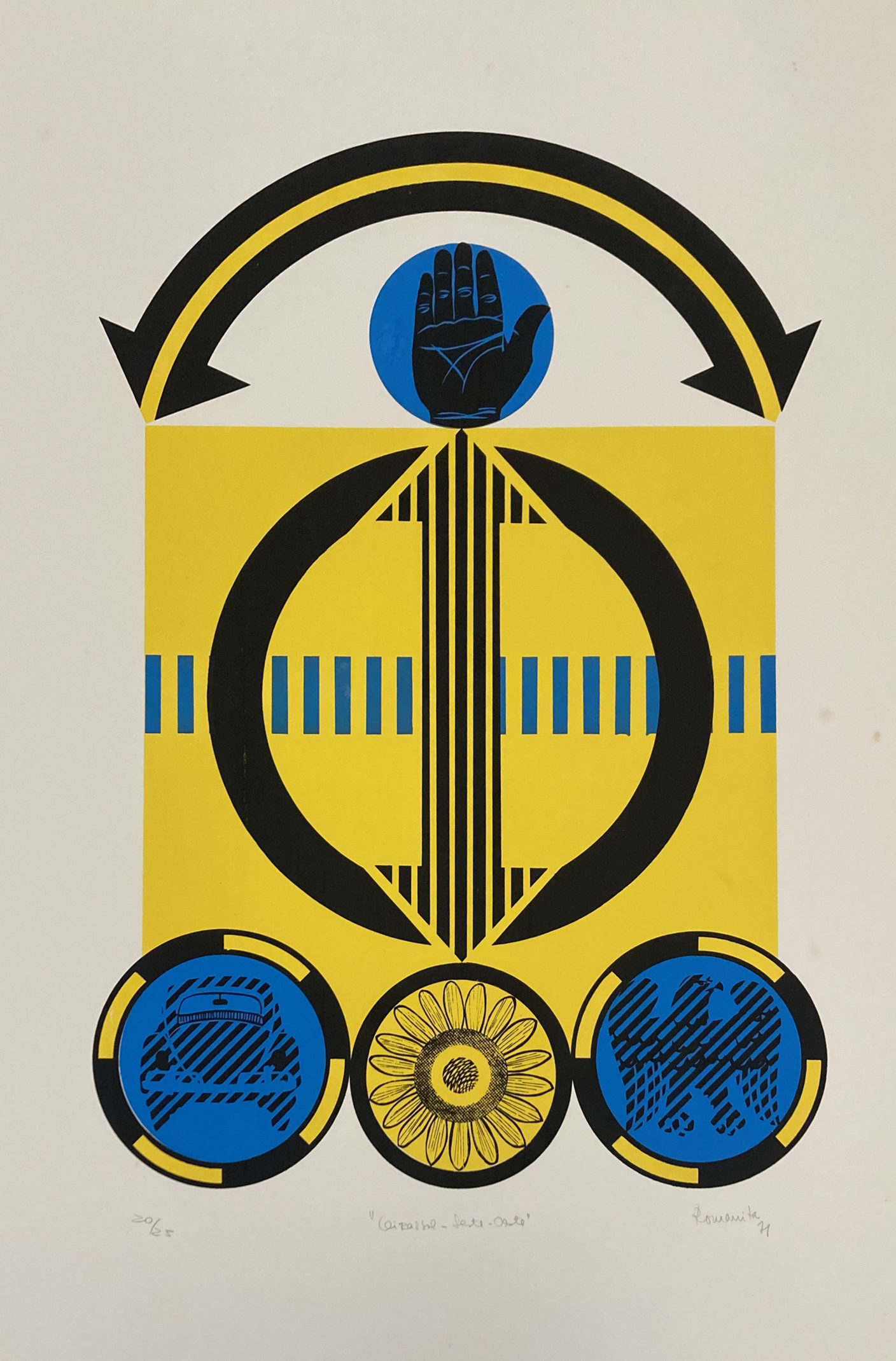
Girassol – Leste – Oeste
1971
Serigraphy on paper96 × 66 cm
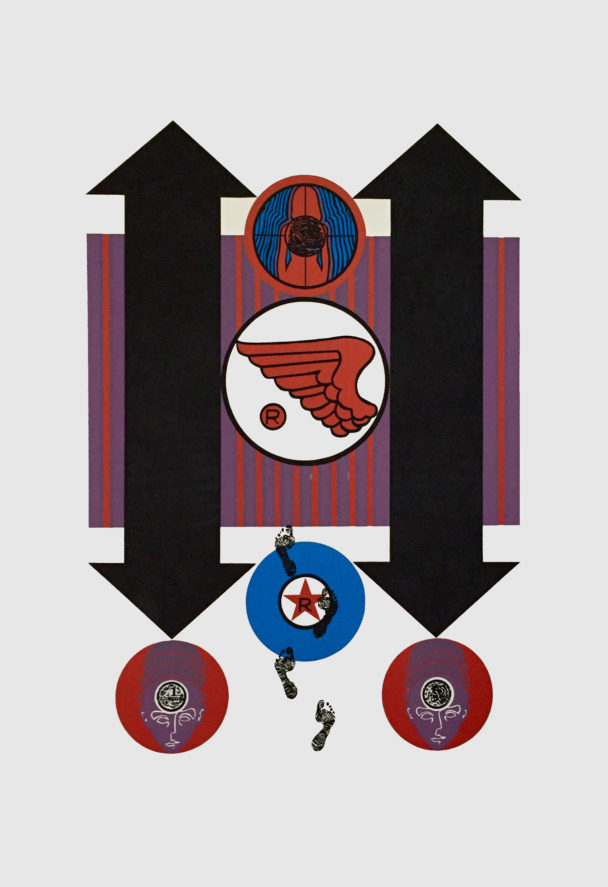

Marca Registrada
1971
Serigraphy on paper
93 × 66 cm
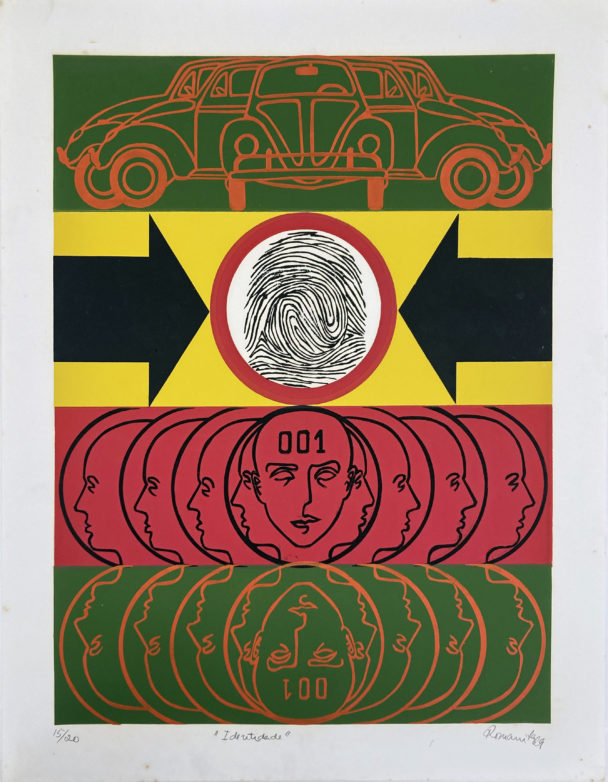
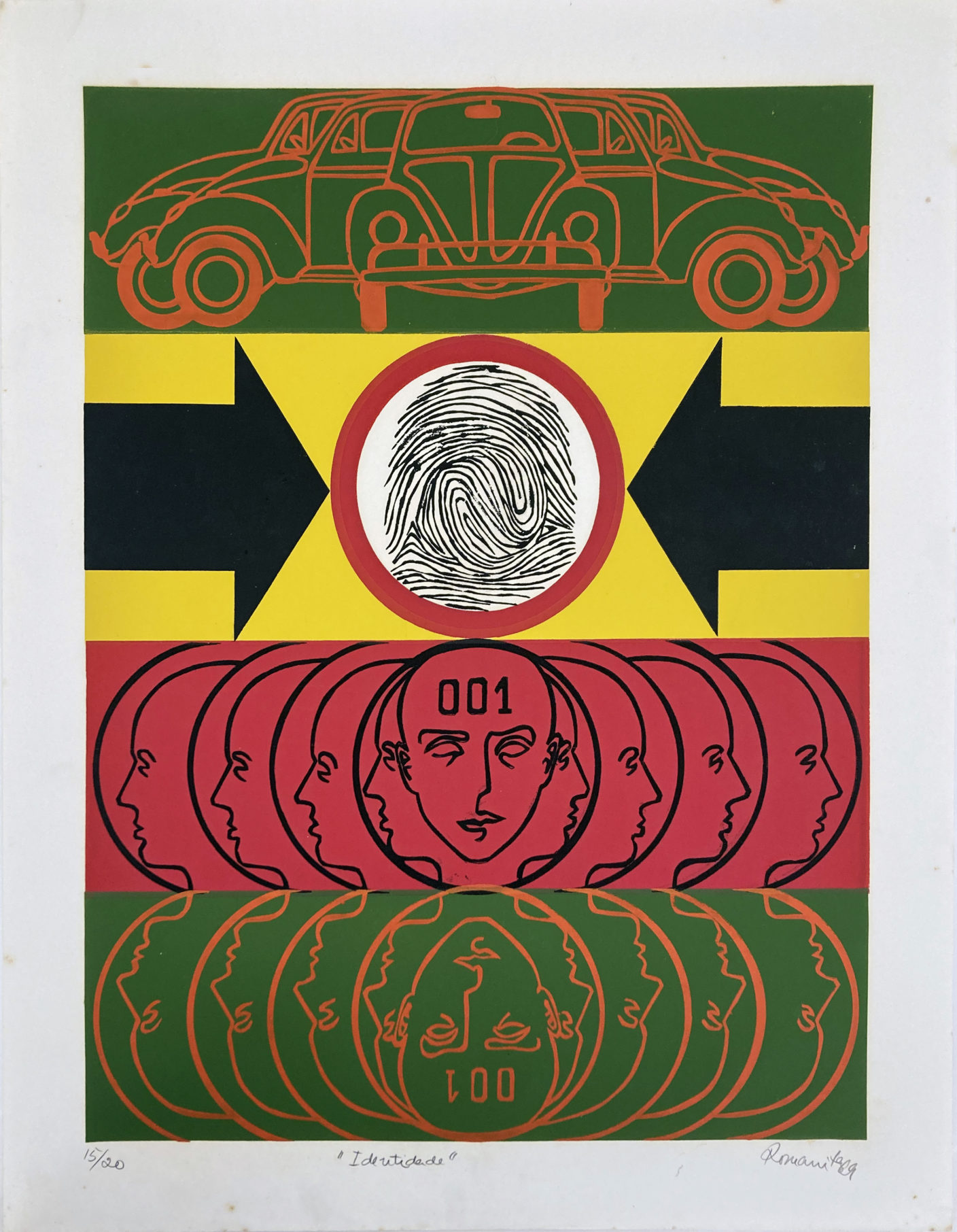
Identidade
1969
Serigraphy on paper
58× 45.5 cm
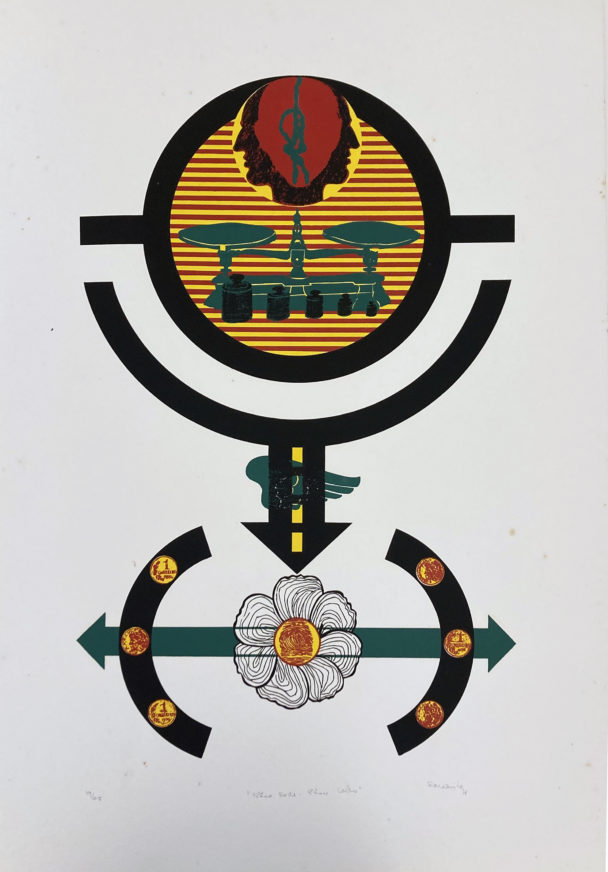
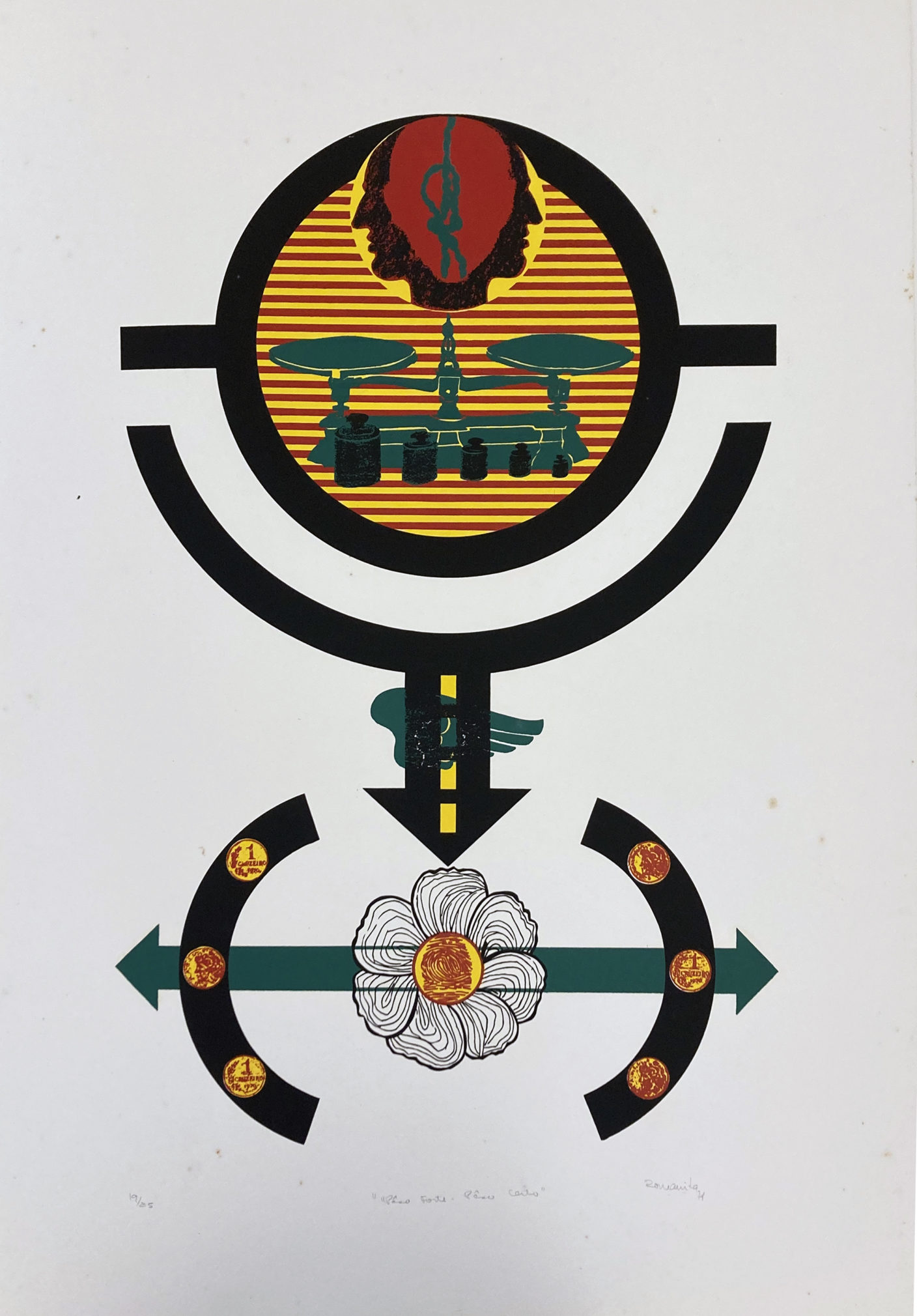
Pêso Forte Pêso Certo
1971
Serigraphy on paper
96 × 66 cm
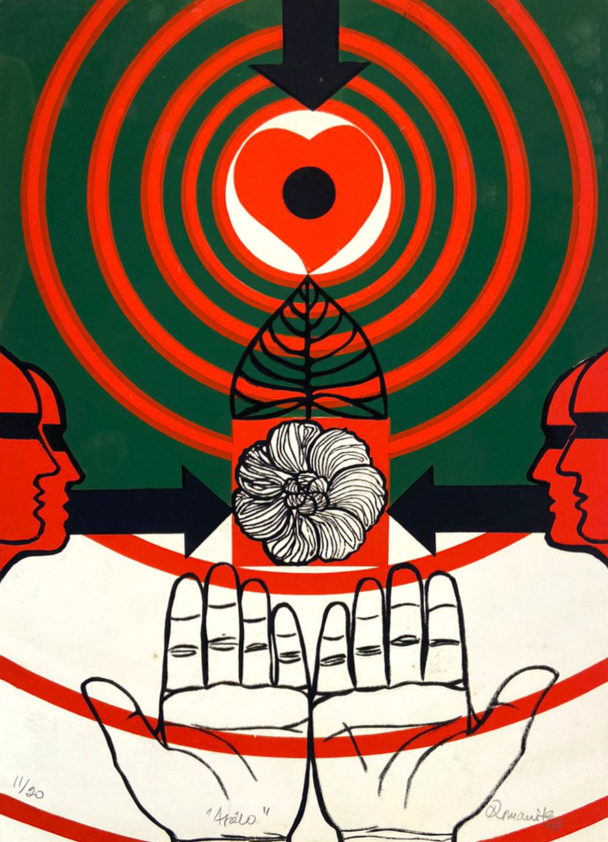
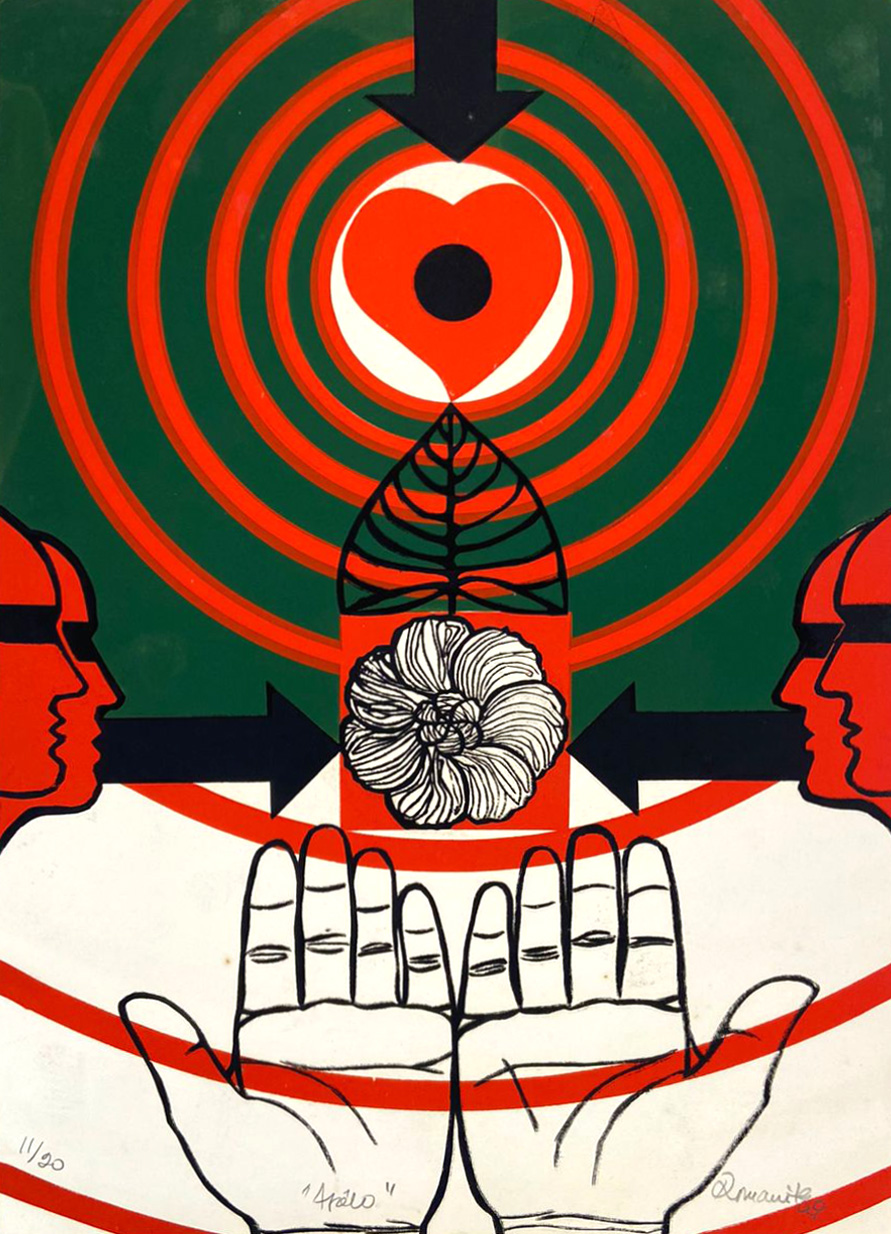
Apêlo
1969
Serigraphy on paper
47 × 34 cm

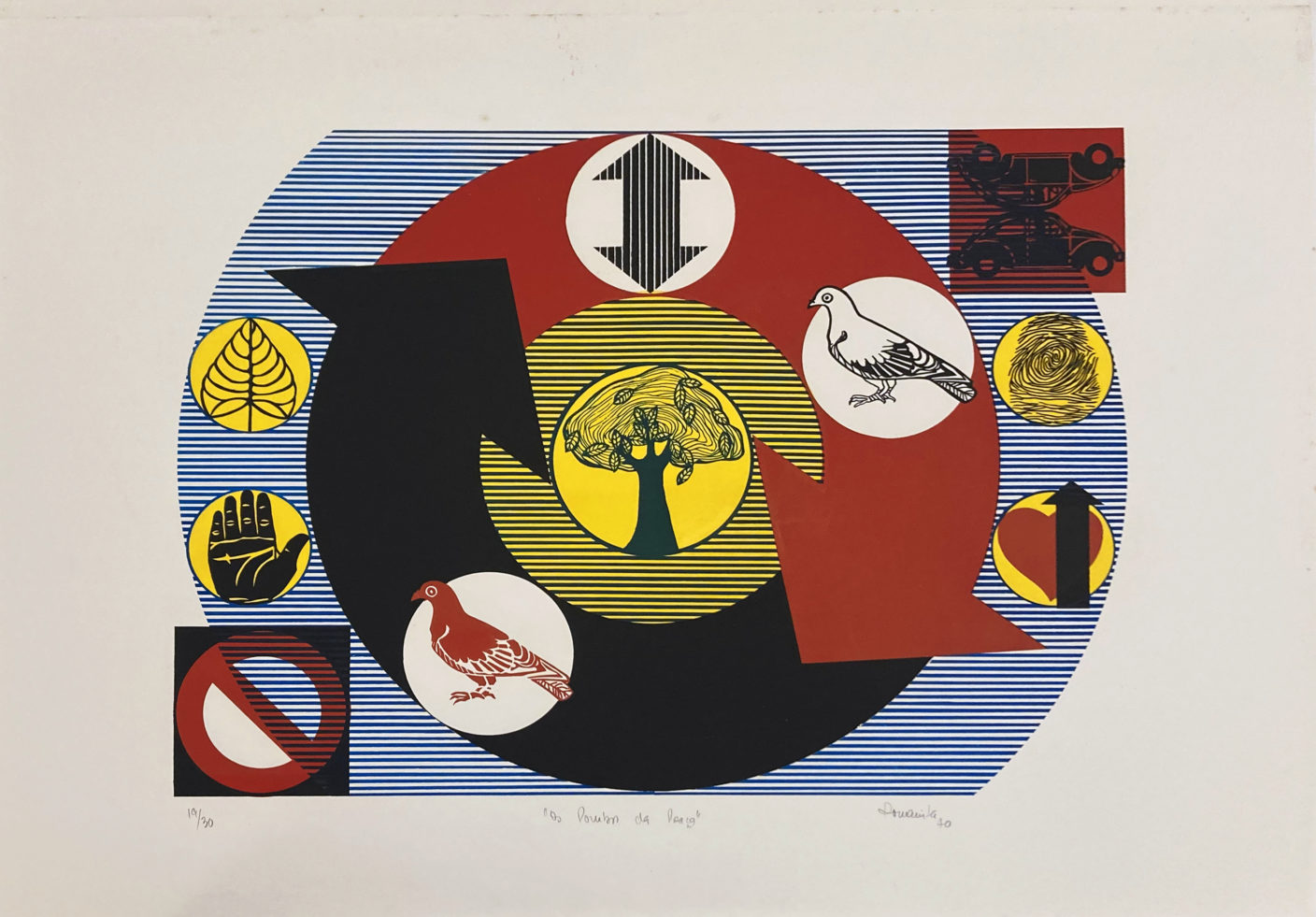
Os Pombos da Praça
1970
Serigraphy on paper
66 × 91 cm
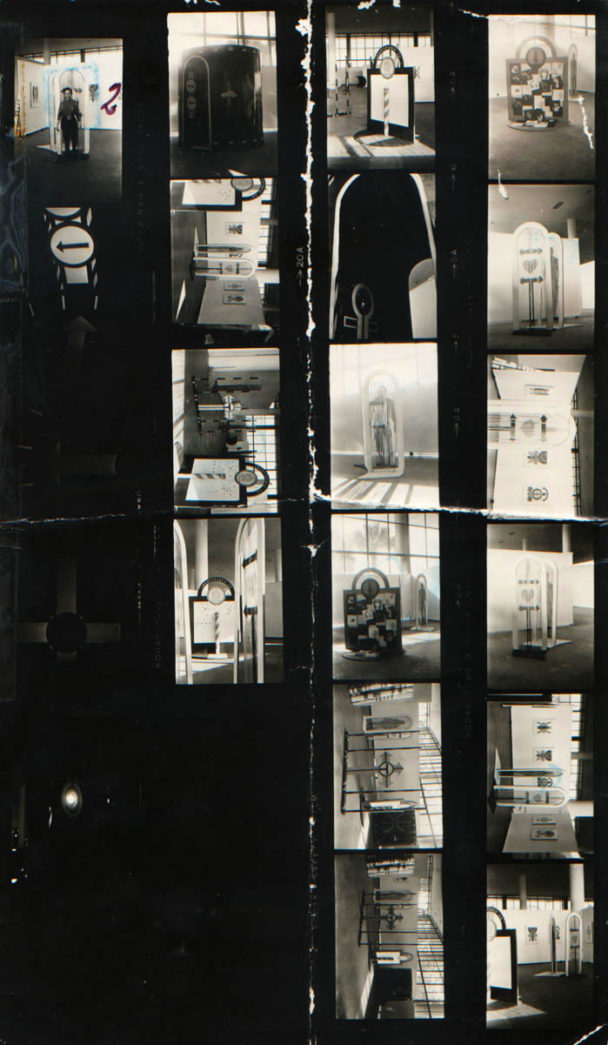
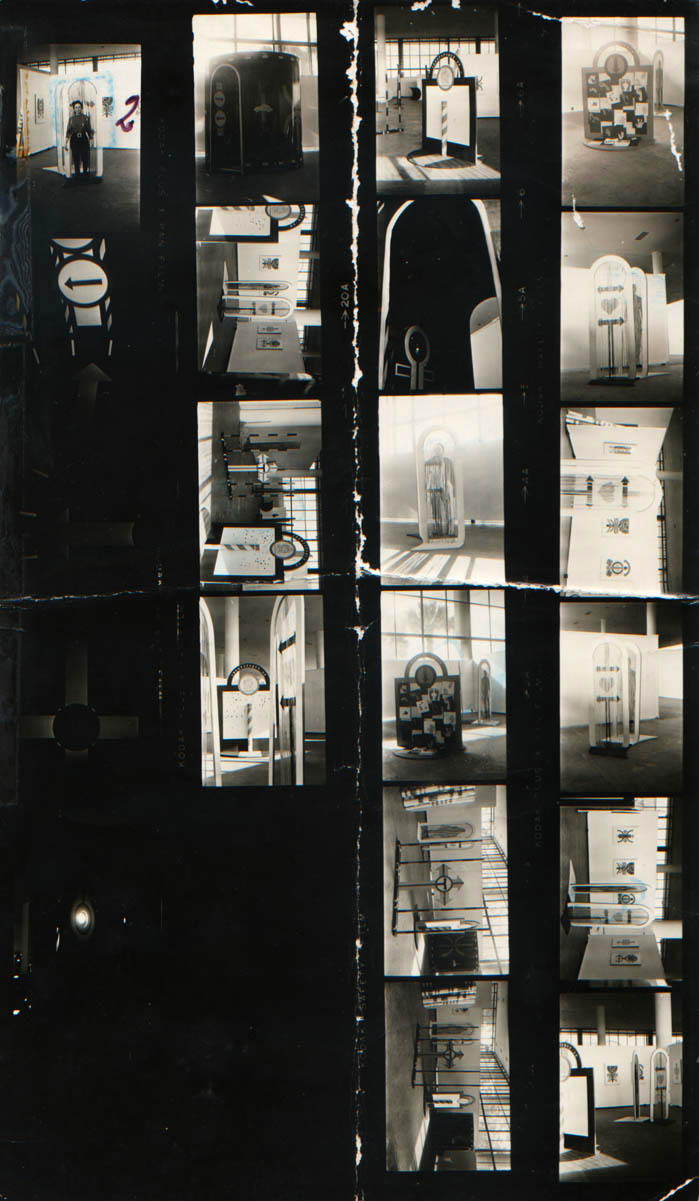
Photographs of the 11th Sao Paulo Biennial, 1971
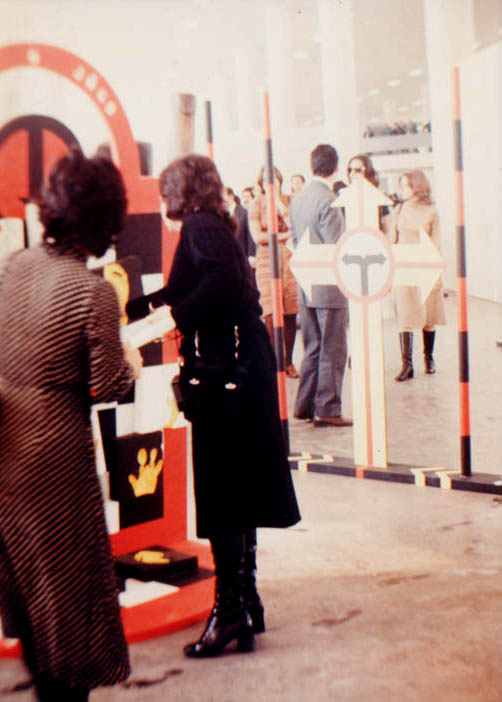

11th Sao Paulo Biennial, 1971,
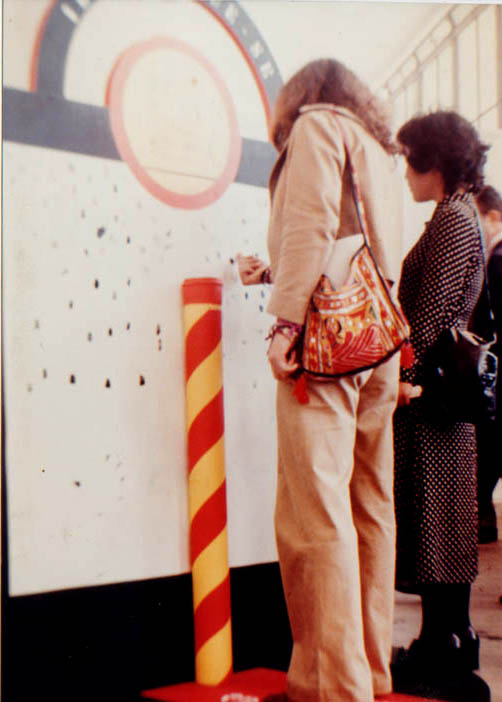

11th Sao Paulo Biennial, 1971
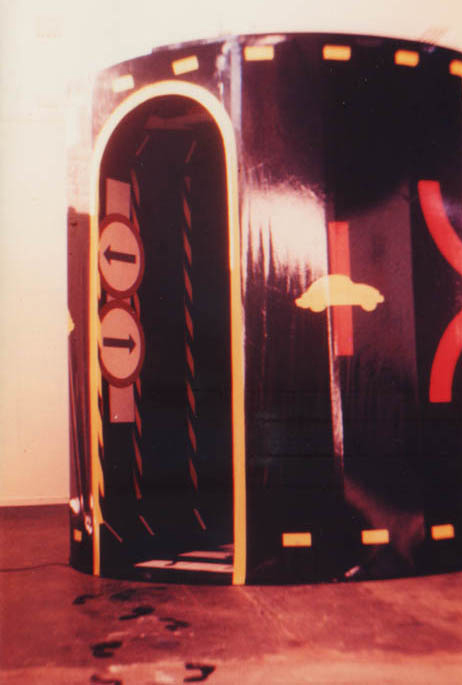

11th Sao Paulo Biennial, 1971,
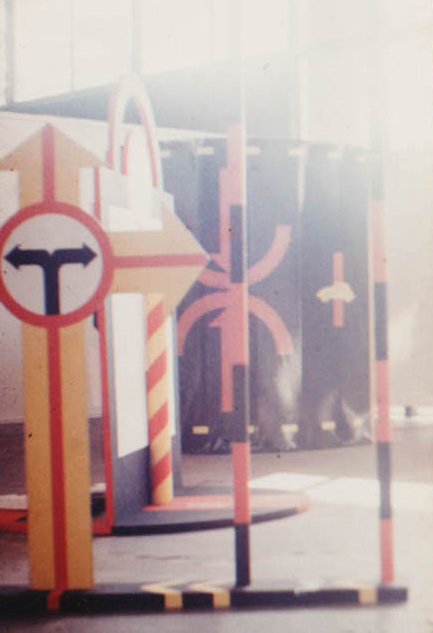

11th Sao Paulo Biennial, 1971
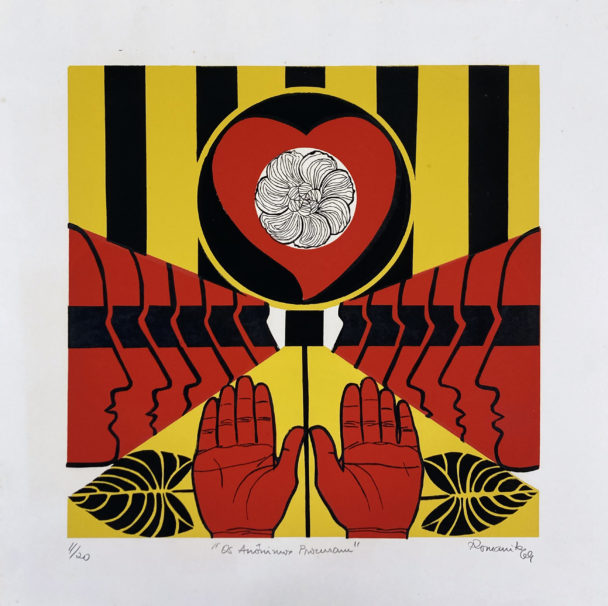
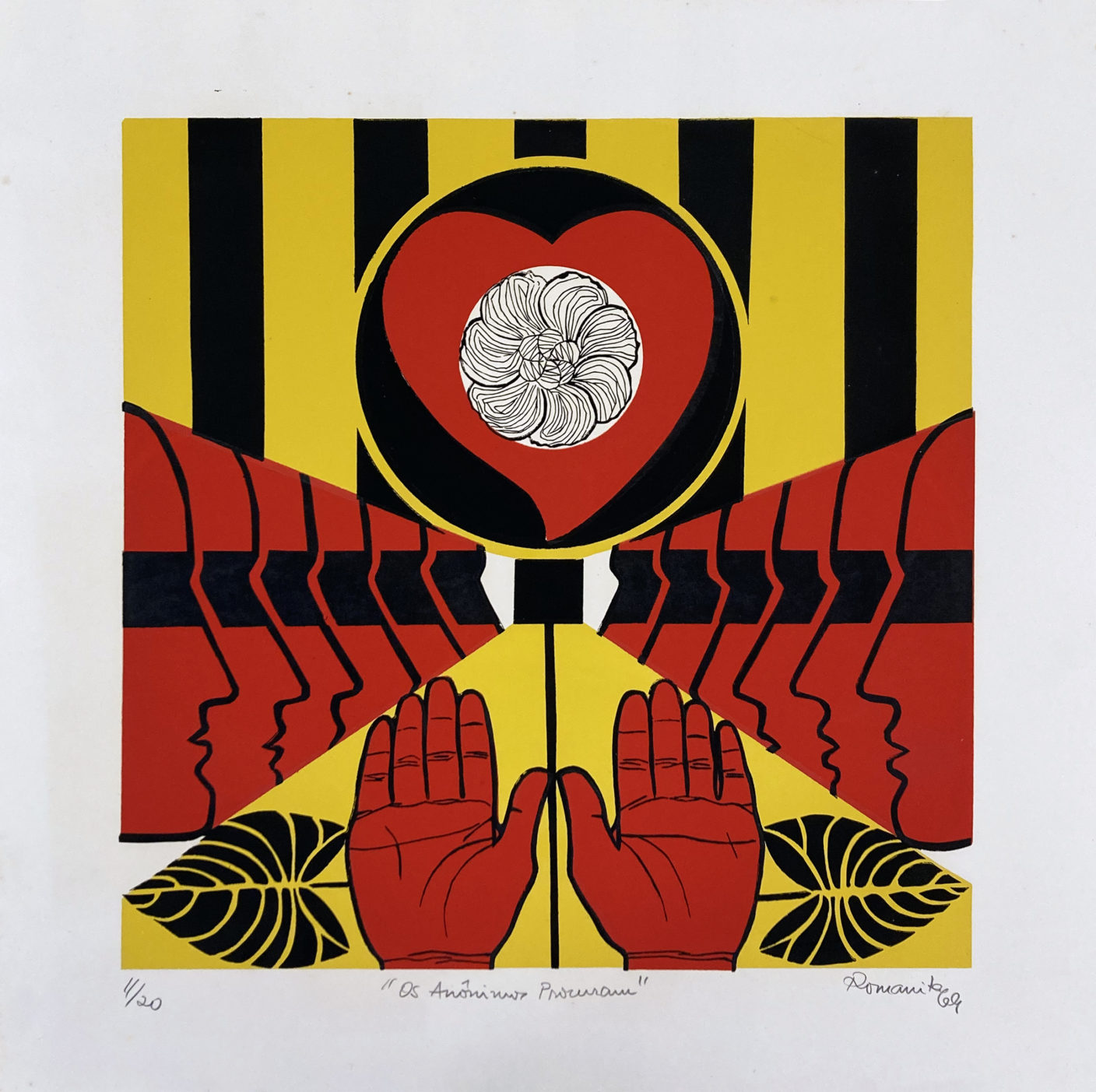
Os Anônimos Procuram
1969
Serigraphy on paper
41 × 42 cm
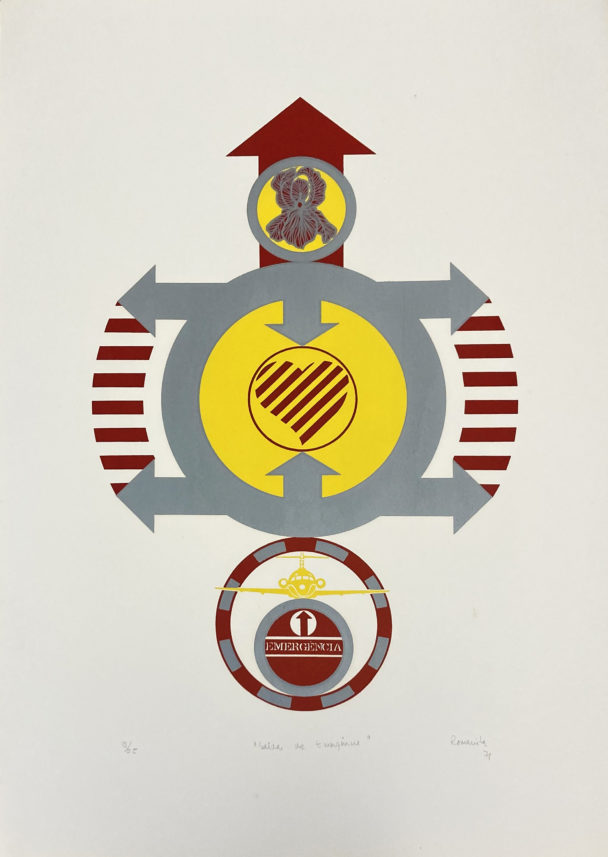
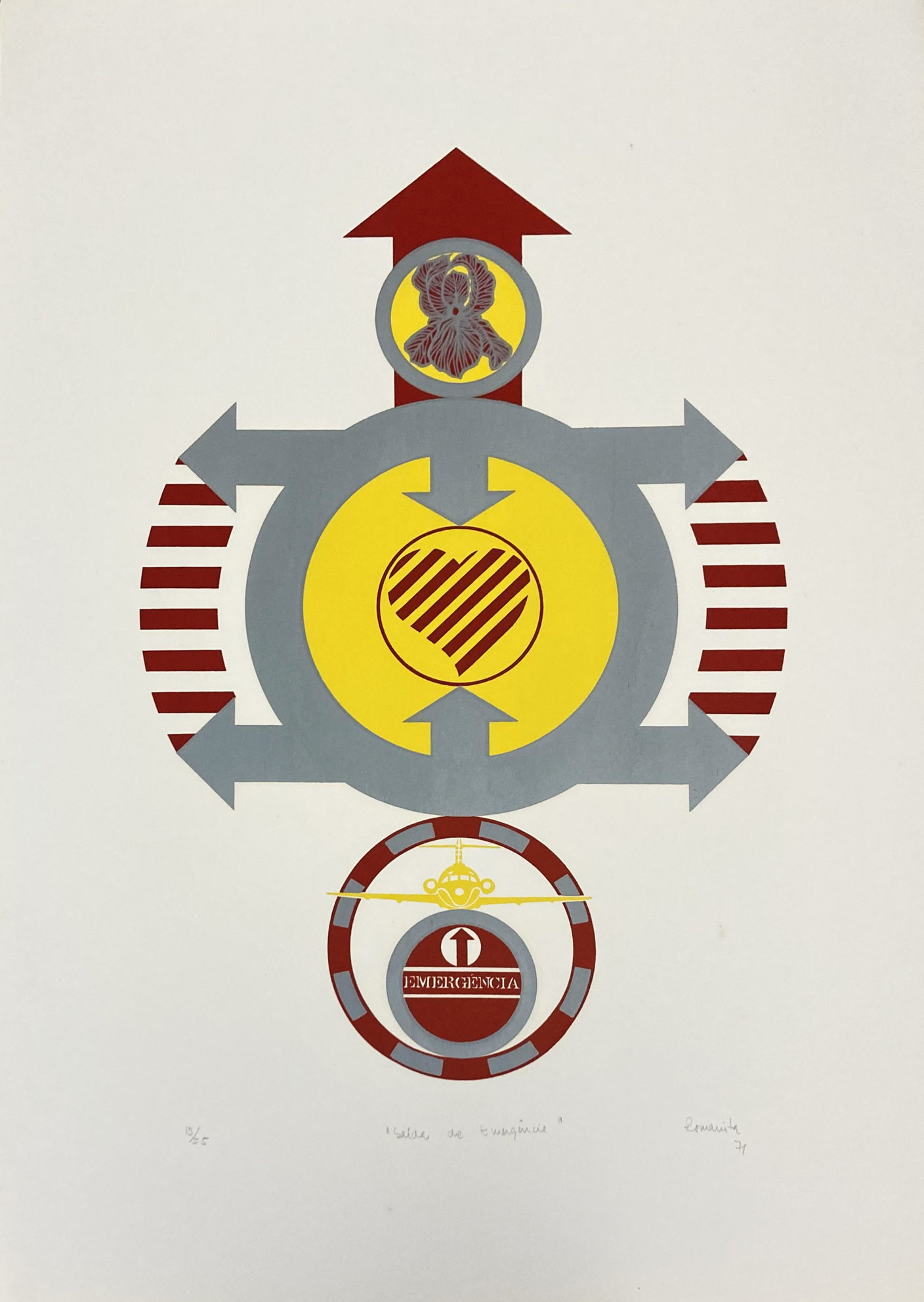
Saída de Emergência
1970
Serigrafia sobre papel93× 66 cm
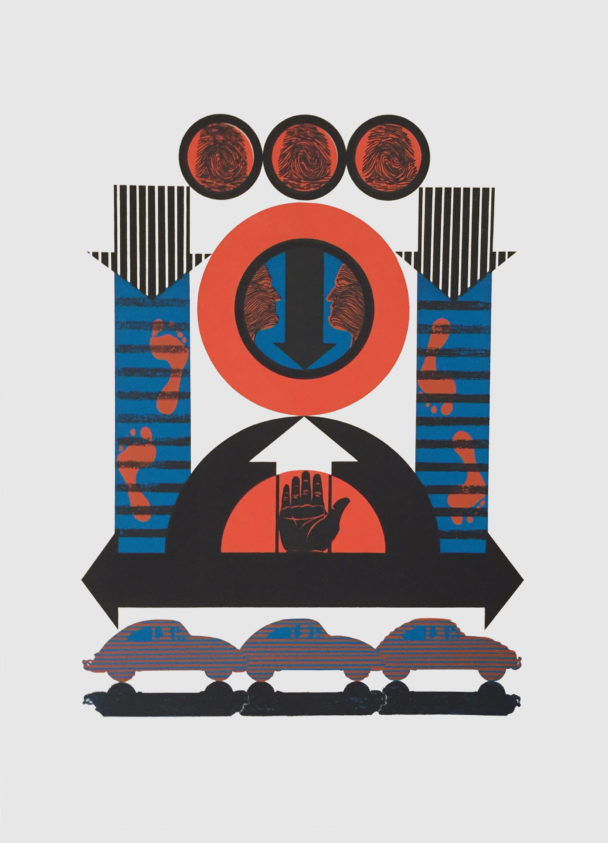

Inscrição 1970 A.D.
1970
Serigrafia sobre papel
93× 66 cm
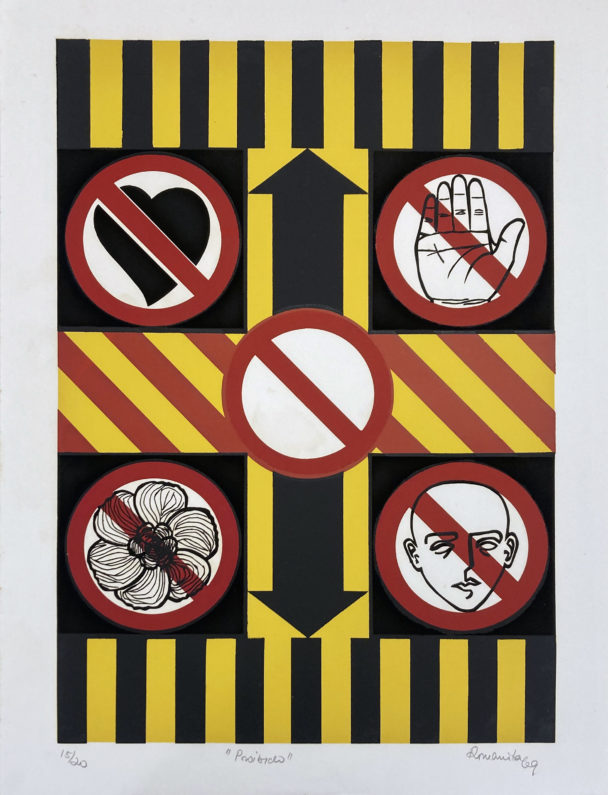
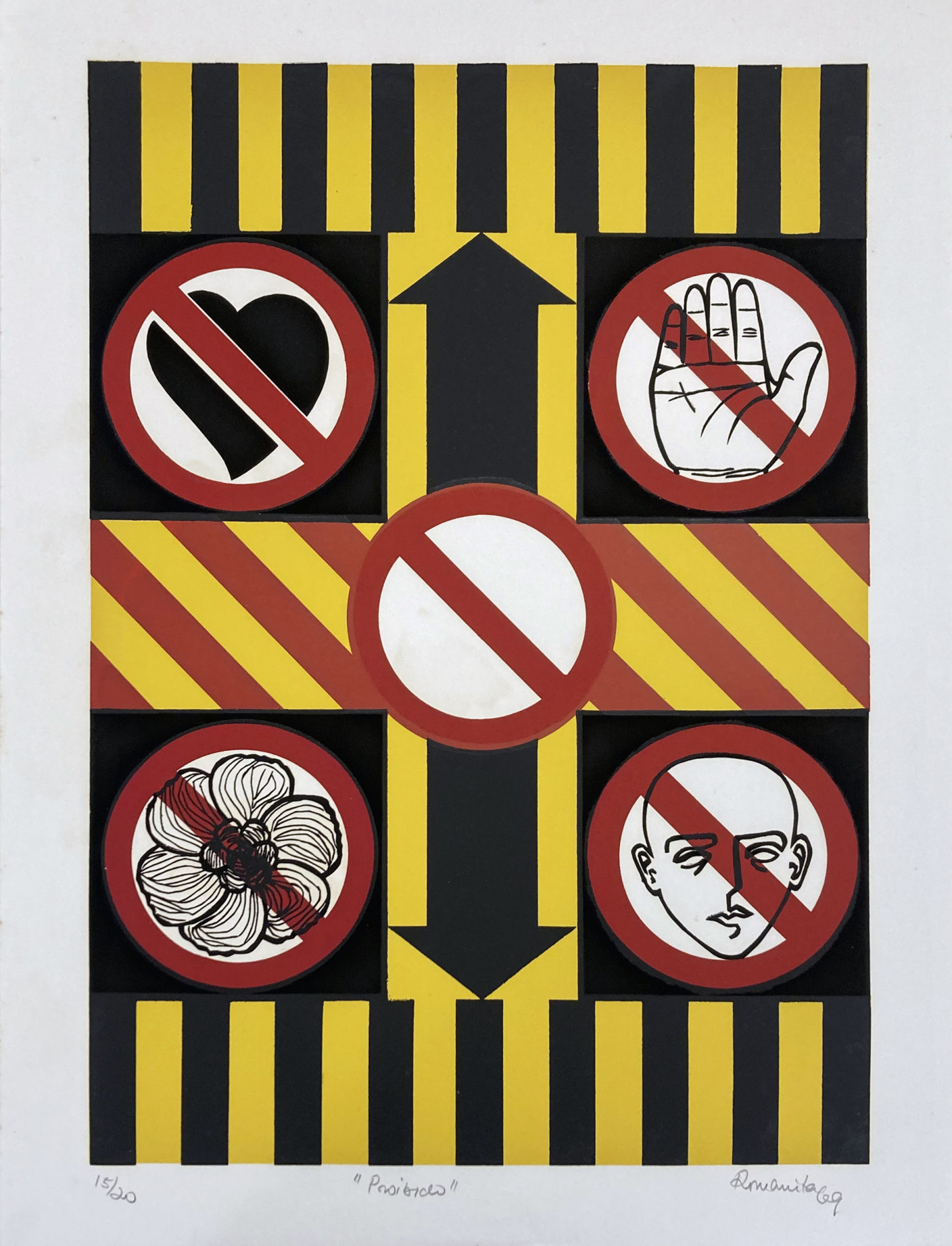
Proibido
1969
Serigraphy on paper
58× 42.5 cm
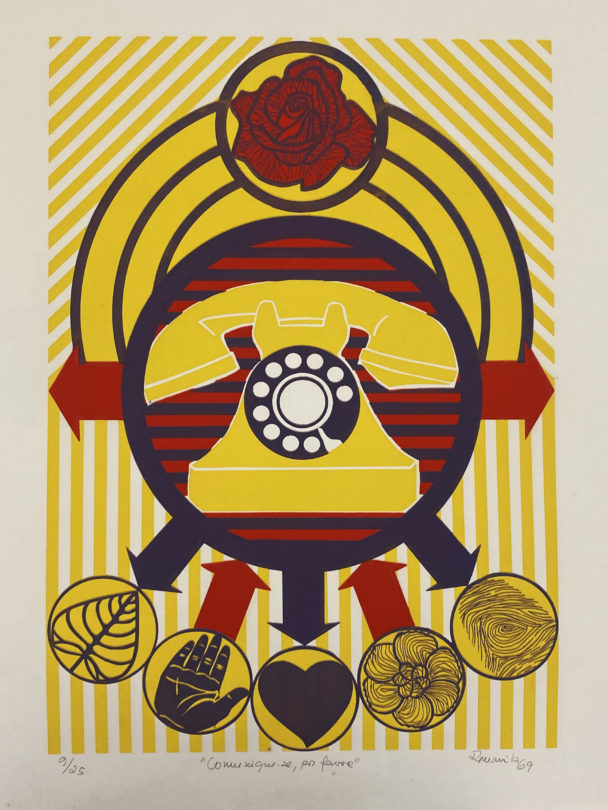
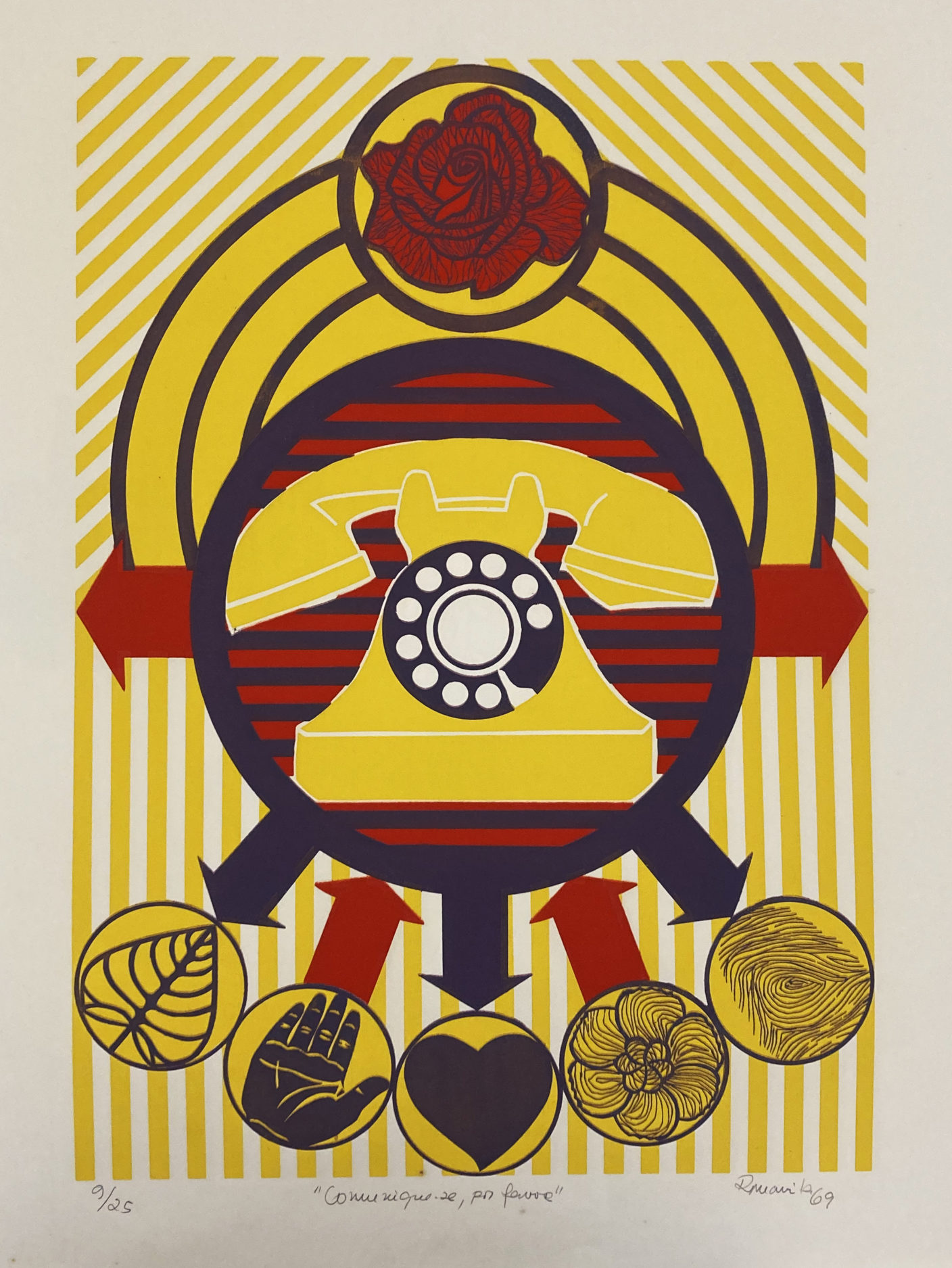
Comunique-se, por favor
1969
Serigraphy on paper
66 × 48 cm
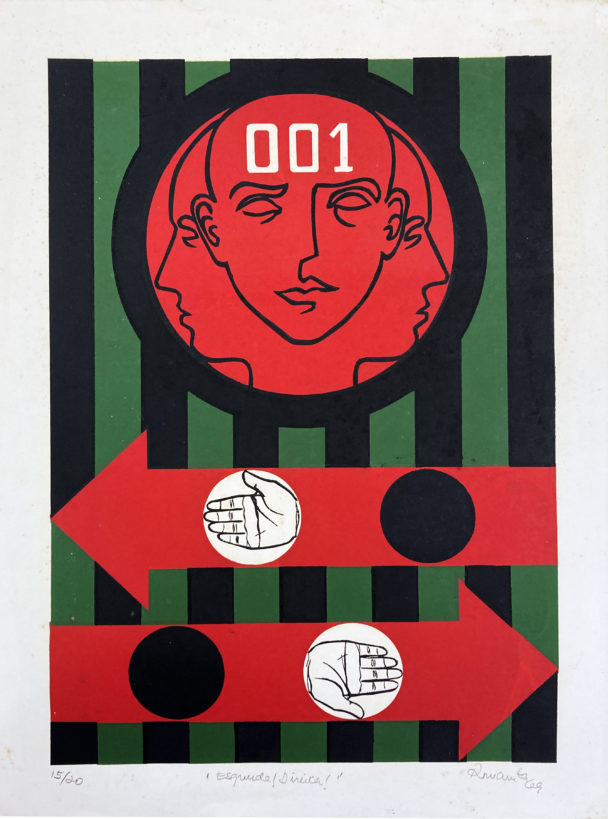
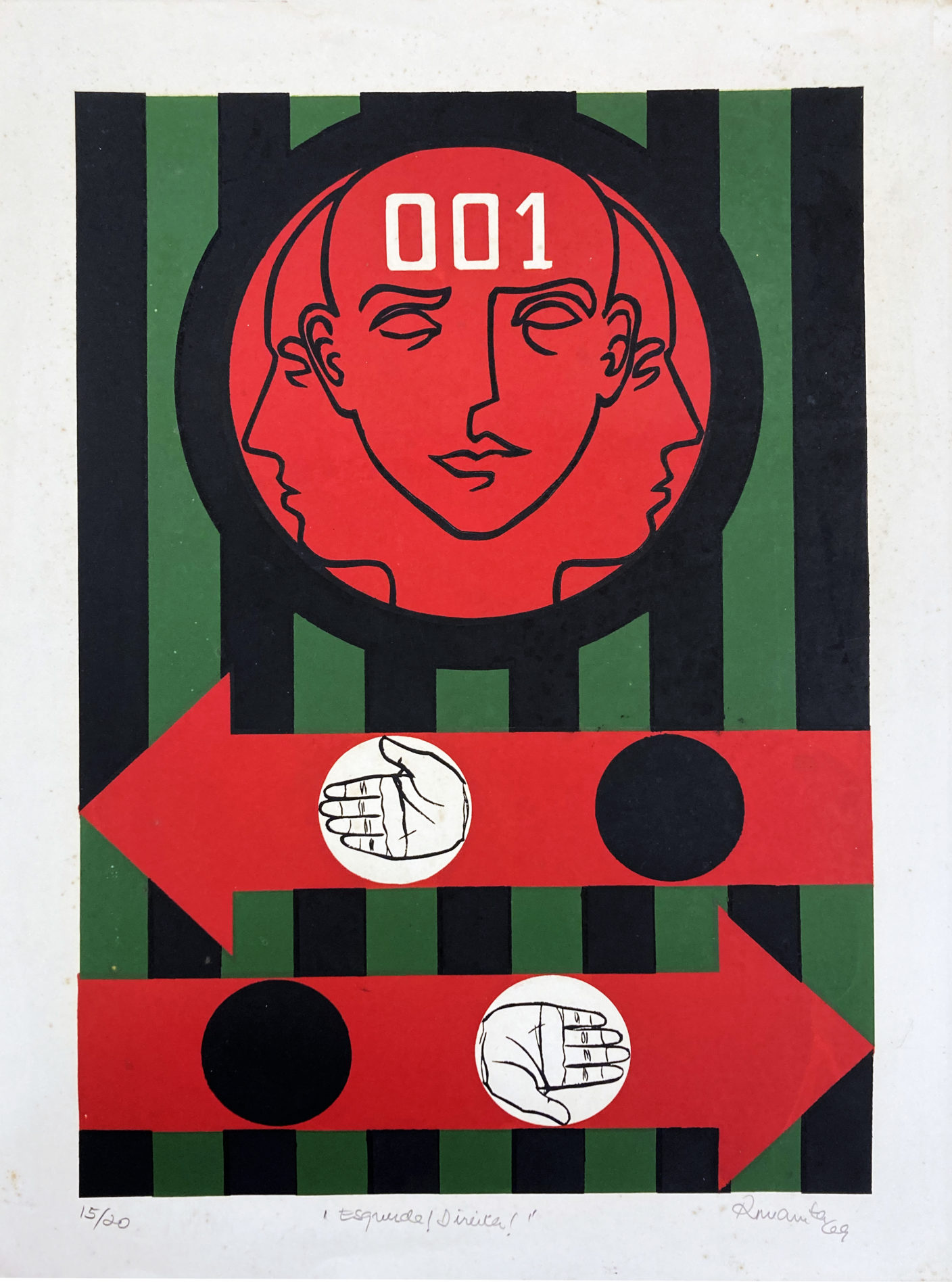
Esquerda/Direita
1969
Serigraphy on paper
57.5 × 43 cm
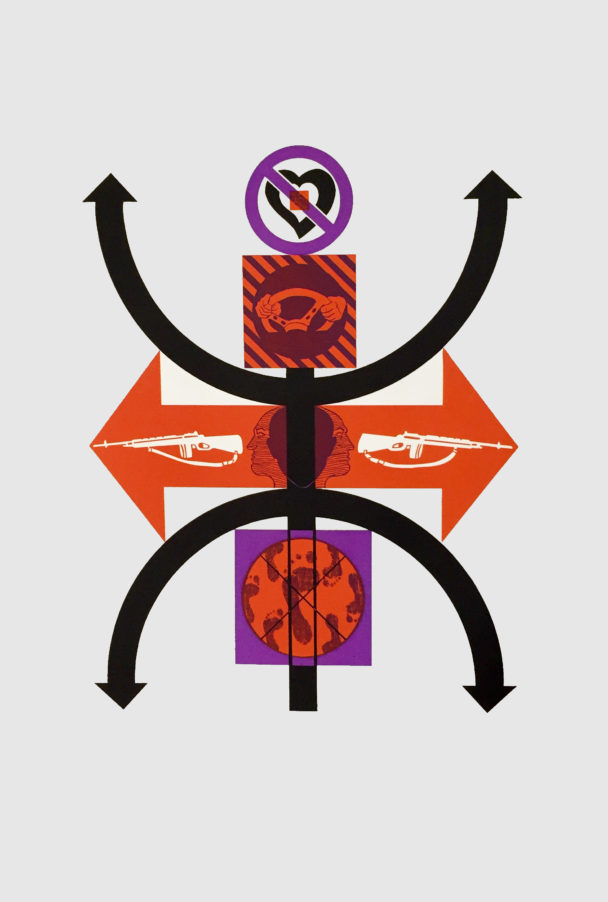

É Preciso Chegar Primeiro
1971
Serigraphy on paper
93 × 66 cm


 Português
Português